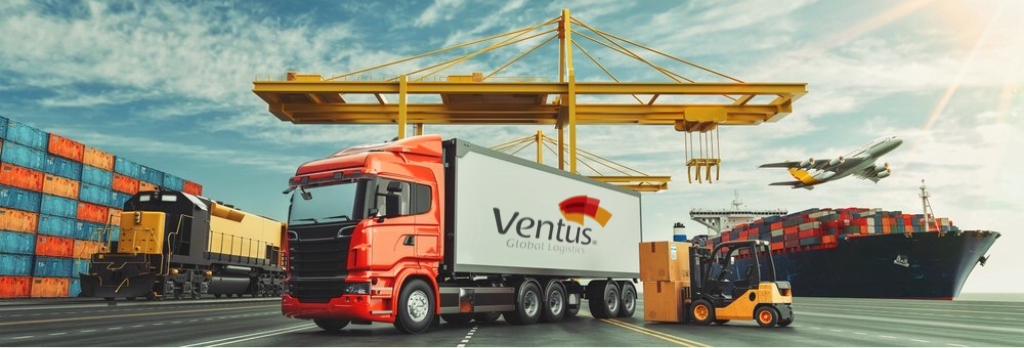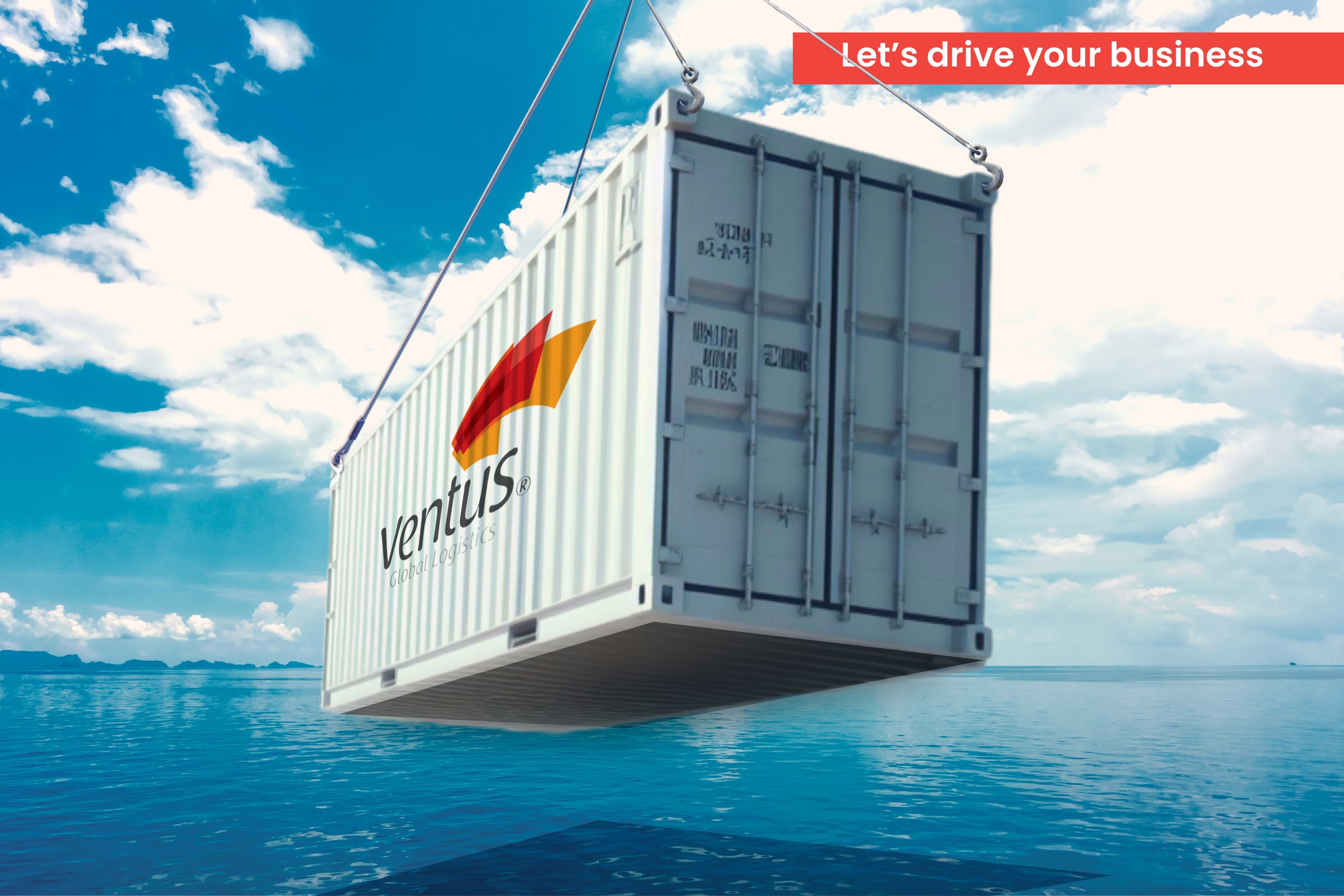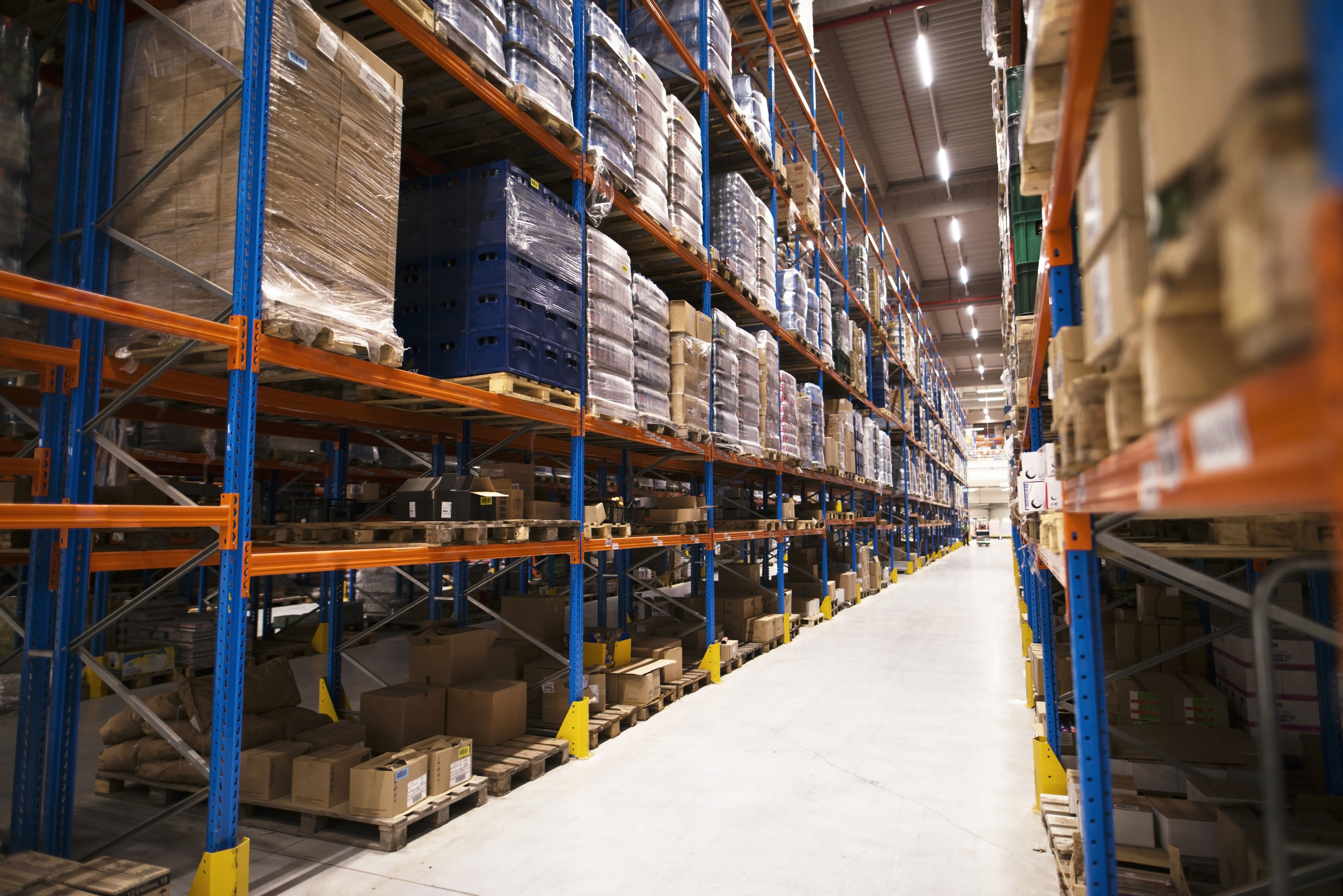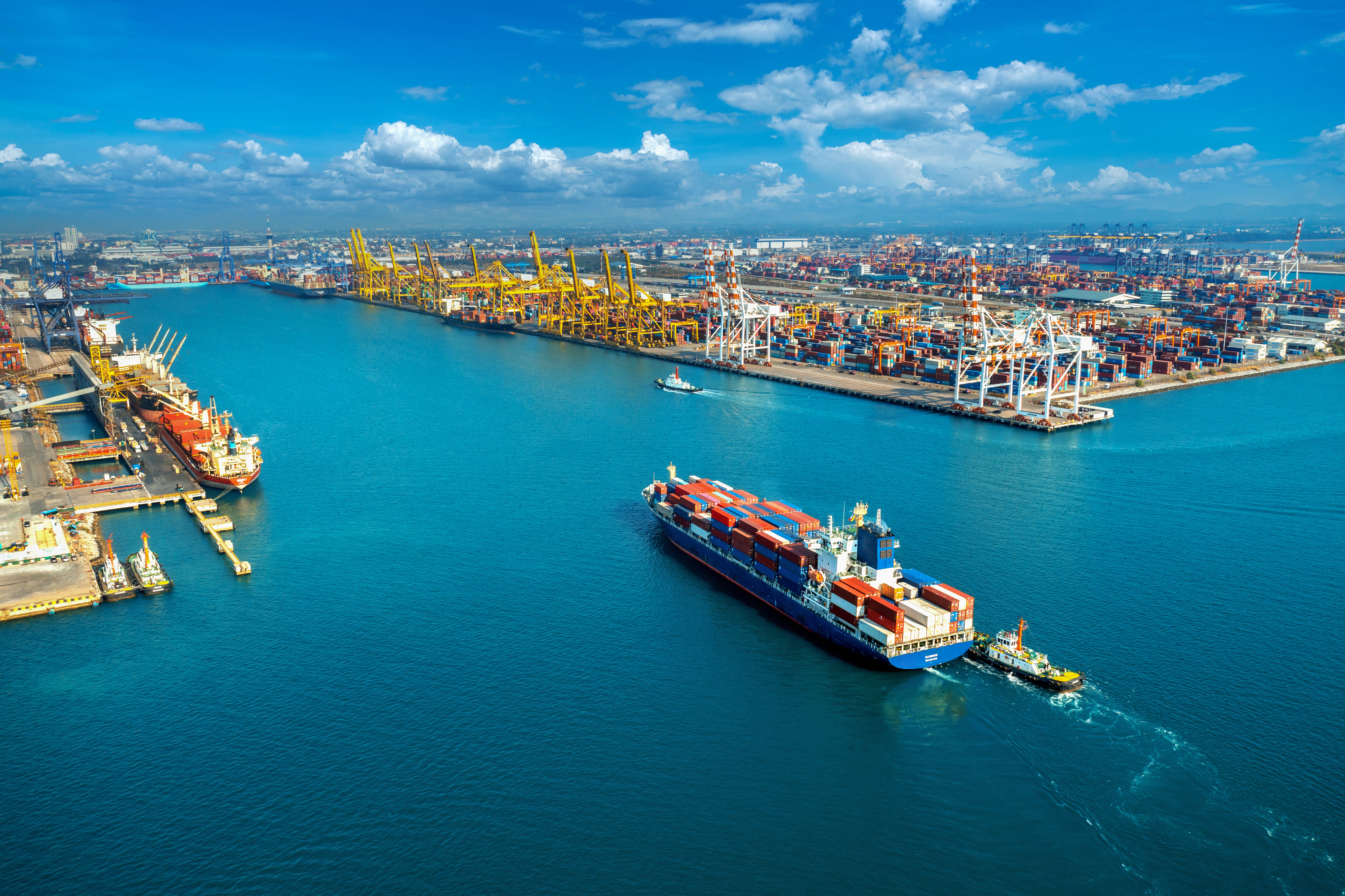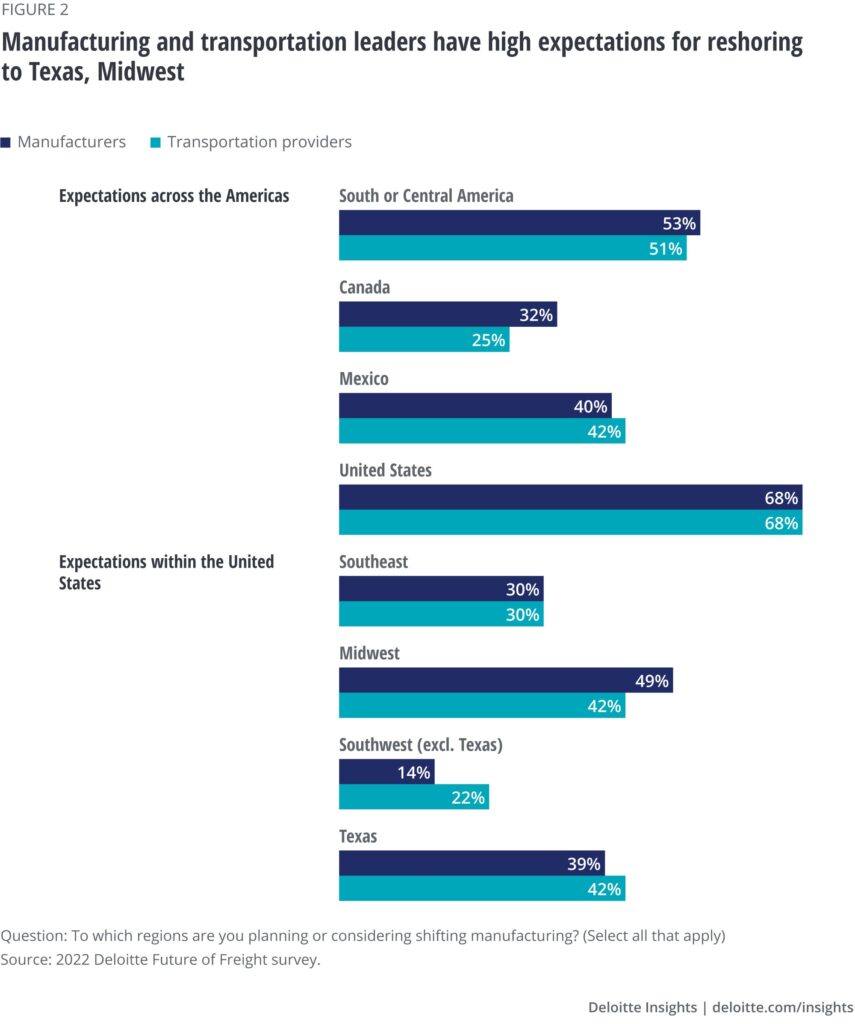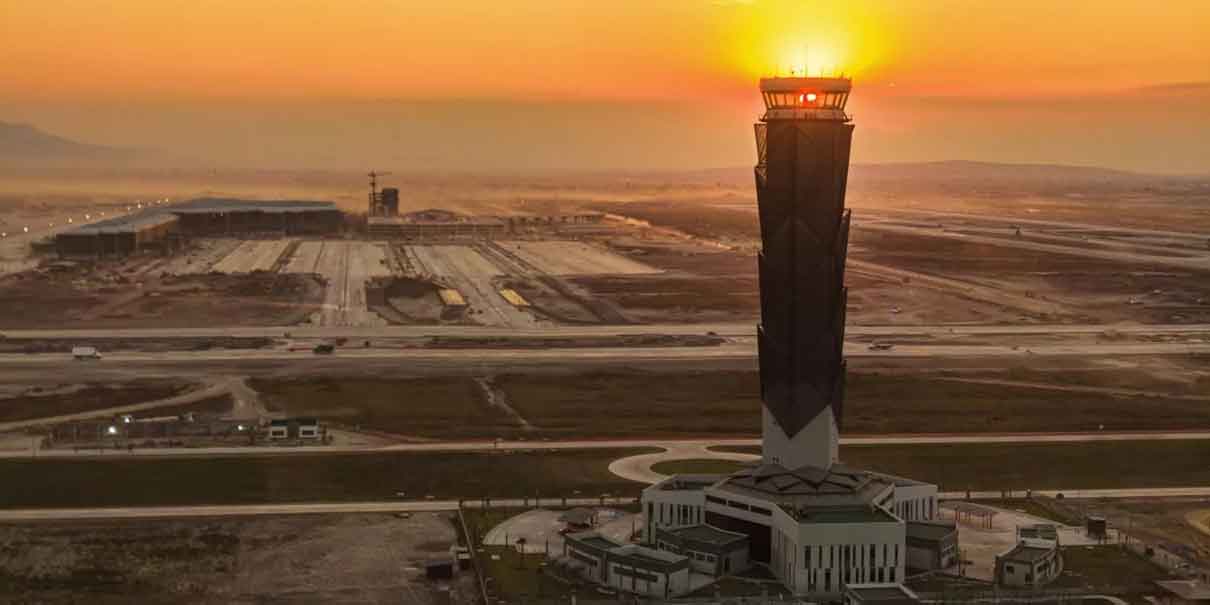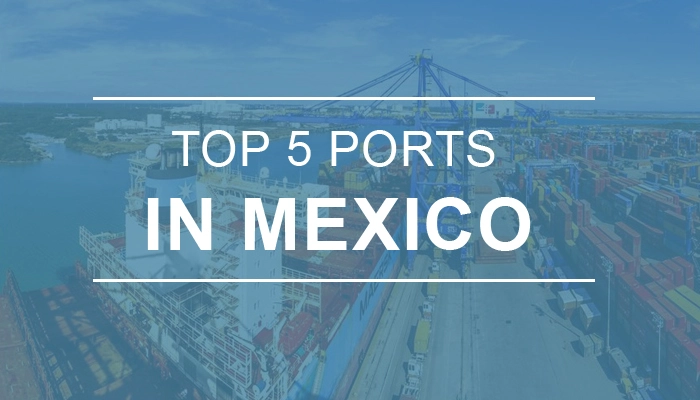Transporting goods efficiently and cost-effectively is the cornerstone of a successful logistics operation.
With various industries relying on containers and the nature of merchandise distribution, the importance of discerning which mode – Sea, Air, or Land Freight – best suits a scenario cannot be overstated. In this comprehensive guide, we’ll intertwine the expertise of Ventus Global Logistics and answer the following questions:
- What are the specific advantages and disadvantages of each mode of transportation?
- How can the nature of the cargo, urgency of delivery, distance, and clearance of goods influence the choice of transportation?
- In which situations does a particular method emerge as the most effective and cost-efficient?
Transportation Options and Their Advantages and Disadvantages
Knowing the benefits and challenges of each transportation method, especially when dealing with comprehensive foreign trade services, can help you make an informed decision.Sea Freight
Advantages:
- Economical:
- Large Volumes:
- Low Carbon Footprint:
Disadvantages:
- Speed:
- Reliability:
.jpg?width=1000&height=562&name=shutterstock_784765822%20(1).jpg)
Advantages:
- Speed:
- Safety:
- Flexibility:
Disadvantages:
- Cost:
- Volume Restrictions:
- Environmental Impact:
Land Freight
Advantages:
- Accessibility:
- Flexibility:
- Cost-Effective for Short Distances:
Disadvantages:
- Speed for Long Distances:
- Environmental Impact:
- Capacity Limitations:
Making informed decisions based on the nature, urgency, and distance of the shipment can lead to optimized costs and more streamlined processes.
.jpg?width=1000&height=667&name=shutterstock_2097351418%20(1).jpg)
Transportation and Technological Advancements
Learning about the strengths and limitations of each transportation method is just the starting point. Equally vital is the integration of contemporary technological innovations into logistics planning and execution.
Modern-day technology, encompassing live-tracking mechanisms, comprehensive logistics management systems, and forward-looking analytics, presents a transformative impact on the logistics landscape. These tools elevate process efficiency and empower managers with precision in decision-making and the agility to craft optimal routing strategies.
Leveraging these technological advancements allows for the synchronization of punctual deliveries, diligent cost management, and an adept response mechanism for unexpected logistical hurdles.
Decision Factors in Freight Transport
Which is the most optimal mode – Sea, Air, or Land? Continue reading to learn about the variety of factors a logistics manager must consider.Delivery Urgency
Time-sensitive consignments need rapid air freight solutions. Given its unparalleled speed over long distances, air freight becomes the best option for time sensitive orders. Alternatively, for less urgent loads, you can benefit from the cost savings of sea freight or land freight.
For example, Apple often uses air freight for its new product launches, ensuring that its products reach global markets simultaneously and in perfect condition. The importance of merchandise registration in such high-stakes endeavors is also worth noting.
.jpg?width=1000&height=538&name=shutterstock_651052612%20(1).jpg)
Type of Merchandise and Special Requirements
The nature of the goods being transported plays a pivotal role, a space where comprehensive foreign trade services can prove invaluable. Perishable items, such as fresh produce, demand swift transportation methods like air freight, which offers minimized transit times. Fragile or high-value merchandise might also benefit from the controlled environment of air transport.
On the other hand, bulk goods like minerals or grains are well-suited for sea transport inside containers, which provide vast volume capacities. IKEA, the Swedish furniture giant, leans heavily on sea freight to move large volumes of flat-packed furniture from its factories to distribution centers worldwide, capitalizing on the cost efficiencies of marine transport for bulky items.
Distance and Geographic Scope
Land freight is often the logical choice for regional deliveries, offering door-to-door accessibility, even to remote locations. Yet, for transcontinental shipments, sea and air freight become more competitive, each offering distinct benefits based on route efficiency, port or airport access, and geographic challenges.
Regional e-commerce companies have triumphed with ground transport, tapping into extensive road and rail networks to guarantee swift, cost-effective deliveries for their customers.
Costs Considerations
Economic constraints invariably influence the decision-making process. Air freight, while swift, might weigh heavily on budgets, especially for voluminous needs. Sea freight, offering cost-effectiveness for bulk goods transported in containers, has become a preferred choice for many industries. Land freight, conversely, reigns supreme for merchandise distribution over short to medium distances where the costs of air and sea logistics may not be justified.
In a nutshell, the essence of effective logistics and merchandise distribution management lies in efficiently navigating these decision factors. By placing the right cargo on the right mode of transport, based on urgency, type, distance, and costs, companies can optimize their operations, saving both time and money.
Optimizing Transportation Operations: Best Practices for Managers
Choosing the right mode of transportation can significantly influence the efficiency, cost-effectiveness, and success of one's operations. The decision will not only impact the financial bottom line but also influence a company's reputation in terms of delivery efficiency and reliability. For logistics and merchandise distribution managers seeking to strike the right balance, it is essential to consider the specific needs of their industry and shipments.
Below are some best practices to help managers refine their transportation decisions:
- Modern Technological Solutions: The adoption of cutting-edge tracking and logistics management software equips managers with real-time data, anticipatory analytics, and the tools to craft decisions rooted in precise data.
- Continuous Learning: Regularly updating the team on new transportation regulations, technological innovations, and industry best practices ensures that the organization remains at the forefront of its operations.
- Solid Partnerships: Cultivating strong relationships with essential stakeholders, including carriers, American customs broker intermediaries, and others, can enhance operational fluidity. Such collaborations often pave the way for streamlined clearance of goods procedures and can open doors to more advantageous terms and conditions.
- Risk Mitigation Strategy: The unpredictable nature of the logistics world mandates the need for well-conceived backup plans. Whether faced with sudden "Mexican port systems" disruptions, carrier changes, or other unexpected challenges, a contingency strategy will keep operations moving seamlessly.
- Ongoing Evaluation: Periodically analyzing the logistics processes, welcoming feedback, and implementing proactive modifications can considerably bolster efficiency and cost optimization.
Conclusion
Navigating the intricate landscape of freight transportation requires a deft understanding of the multifaceted factors that influence the optimal shipment mode.
Beyond the apparent financial implications, effective logistics decisions dictate the efficiency of operations, influencing customer satisfaction, brand reputation, and the overarching success of a business. It's not merely about moving goods from point A to point B, it's about leveraging the right mode of transportation to do so in the most optimized manner.
Ventus Global Logistics positions itself as a beacon of expertise and reliability. If you want to have a strategic partner in this field, we are here for you. Let’s partner together to ensure that each delivery, irrespective of its scale or nature, is executed with precision, efficiency, and success. Act with informed decisions, and always aim for logistics efficiency. Click here, to get in touch with us and get a free quote.

